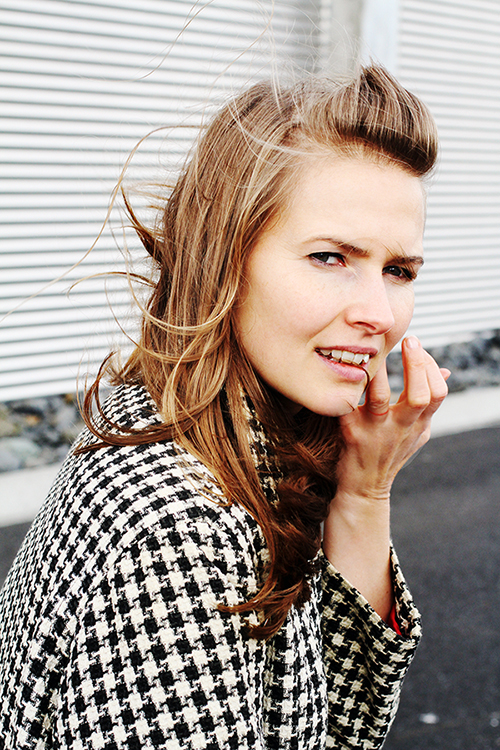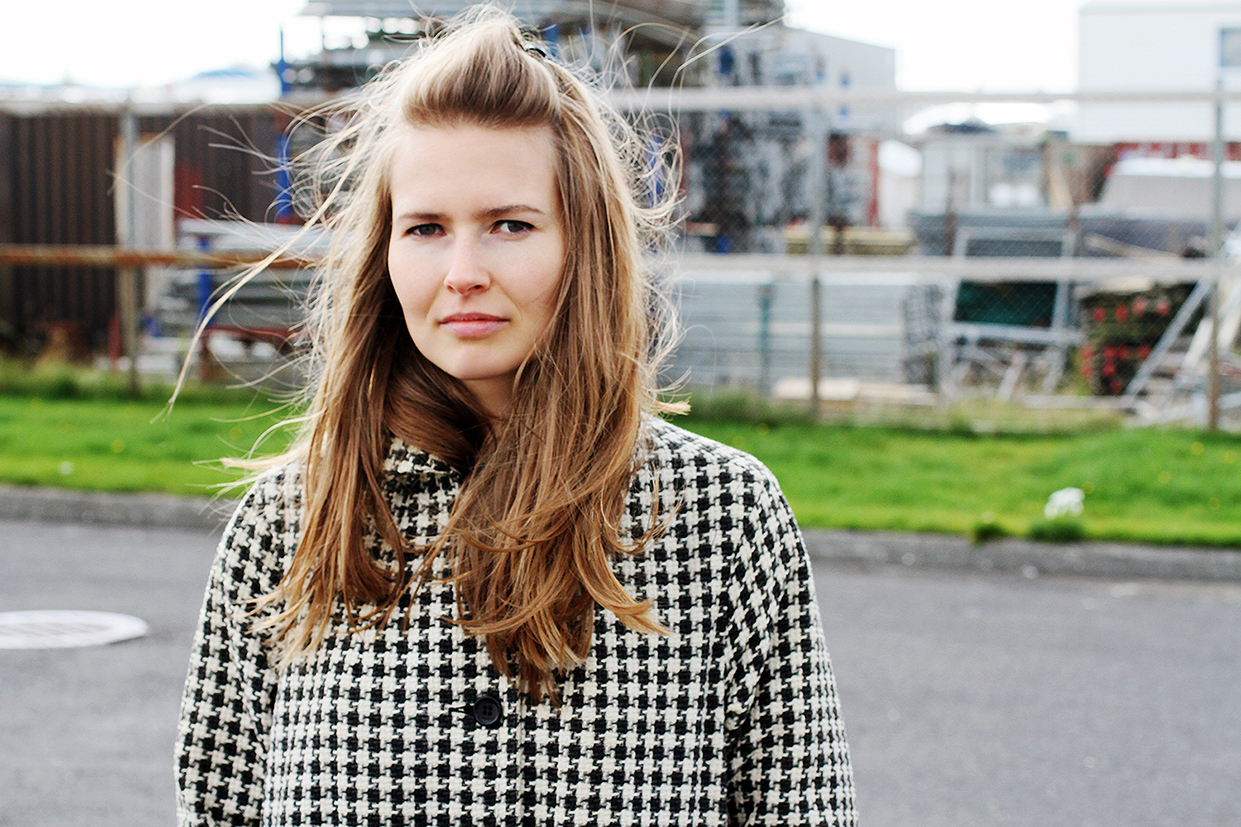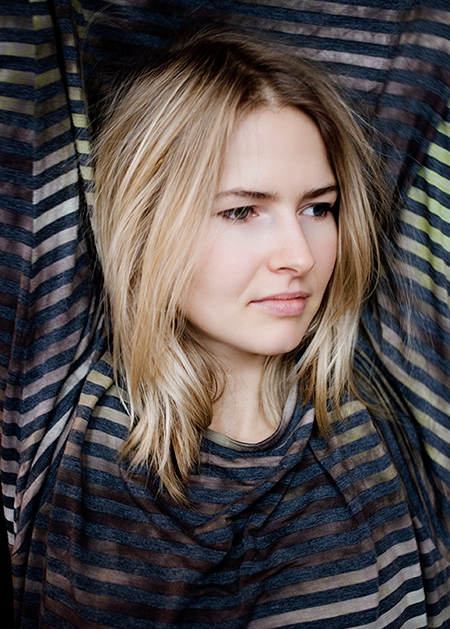Interview by Visual Collaborative
September 2020 5 min read

Photo courtesy of Antje Taiga Photography
Elín Hansdóttir is an artist based in Reykjavík, Iceland who has installed numerous installations and exhibited works internationally. Her work has been cataloged by several publications. As a feature in our SOURCE interview series, Elín talks to us about a creative process, installations, collaborations in Reykjavík and Berlin, and views on the realities of sustainability design.
(VC) What are you streaming or listening to at the moment?
(Elín) I´ve been listening to Gyða Valtýsdóttir´s Epicycle II, which she has just released. It´s an ode to collaboration, every song is a collaboration with another musician from the Icelandic music scene. I´ve also been listening to New Dreams by JFDR and the wonderful Myopia by Agnes Obel. In terms of audiobooks, I´ve been listening to On Having No Head by Douglas E. Harding, Becoming Wise by Krista Tippett, and The Order of Time by Carlo Rovelli.
(VC) Outside of the professional and personal elements of design, art, or constructs who is Elin?
(Elín) Elín is made up of a conglomerate of atoms and empty space.
(VC) You have an impressive body of exhibited work and collaborated with numerous individuals that include reputable companies. Did this happen organically or part of a bigger career plan?
(Elín) I don´t believe in career plans in the field of art. It needs to be an interest-driven process, a quest to explore, experiment, learn and re-evaluate, setting the ego aside. During my studies, I never chose one medium to focus on. On the one hand, I admire specialists in their field, but on the other hand, I am relieved not to be bound to a certain medium because it gives me the freedom to start from scratch each time. A few years ago, I decided to welcome that feeling of uncertainty of not knowing where the work is heading. There´s always a risk of failure when experimenting. Maybe failure isn´t even the correct word, because experimentation is a quest and can never be fruitful if it´s goal-oriented. When it comes to production, I work with a plan, but the creative process cannot be planned, which can be terrifying, but at the same time, always full of wonderful surprises.

Photo courtesy of Antje Taiga Photography
(VC) Everyone has a distinctive fingerprint with creation. What is your best method or preparation ritual of choice for what you consider your best work?
(Elín) In most cases, I work site-specifically, meaning that I use elements of the given space as a base to work from. I´m interested in how spaces can move us, literally and mentally, without telling a story. I look for clues in spaces and try to find ways to heighten our sense of alertness moving through them, provoking our predetermined way of experiencing our day to day life.
(VC) A perfect world does not exist, but if one did what core values would you make a staple in the community?
(Elín) Justice, freedom, respect, community, and responsibility.
(VC) How has Covid-19 and its social distancing realities factored into your work?
(Elín) It hasn´t really had an impact on my daily routine, which is pretty isolated anyway [Elin exclaims]. But of course, a lot of projects have been canceled or rescheduled.
I think I would prefer to time-warp into the future, but not for more than a day. I think it´s important to focus on the future rather than the past, we need to imagine new and more sustainable ways of living on this planet
(VC) Tell us about your site-specific installations and how the optics or space aligns with sustainable energy?
(Elín) Unfortunately, the majority of artworks produced today is not sustainable at all. The materials, production methods, shipping to art fairs, etc. No matter what field we work in, we all need to rethink our ways of communicating ideas and learn to take responsibility regarding the reality of global warming and its consequences. One project that I am happy to share is called Mud Brick Spiral and was built for the Marrakech Biennial (curated by Carson Chan and Nadim Samman) in 2012. With 8 masons in a small village just outside the city center, I built a spiral-like construction made from traditional Berber mud bricks. I had been fascinated with this building technique because the construction material is made from the soil on the building site. In the mountains of Morocco, it seems like the villages are growing out of the landscape. An elderly Berber mason told me that he didn´t need anything other than mud (taken from the site), water, and manpower to build a home for a family. No other material was delivered, no need for imported machines or complicated technical drawings. When these structures are not useful anymore, they disintegrate back into the landscape.
(VC) Some mention different historical times as a period they admire for affluence or culture. If you can time-warp to any era to collaborate with its culture, what period would it be and why?
(Elín) I think I would prefer to time-warp into the future, but not for more than a day. I think it´s important to focus on the future rather than the past, we need to imagine new and more sustainable ways of living on this planet.

Photo courtesy of Antje Taiga Photography
(VC) Tell us about your connection to Reykjavík and Berlin. How much do each city and its community come into the narrative of work?
(Elín) The difference between Reykjavík and Berlin is 3.5 million people. There is an incredible creative energy in the arts in Iceland, and I´ve always admired the kind of “get up and go” attitude towards making work. Berlin is more critical, so a mixture of both places is a perfect combination.